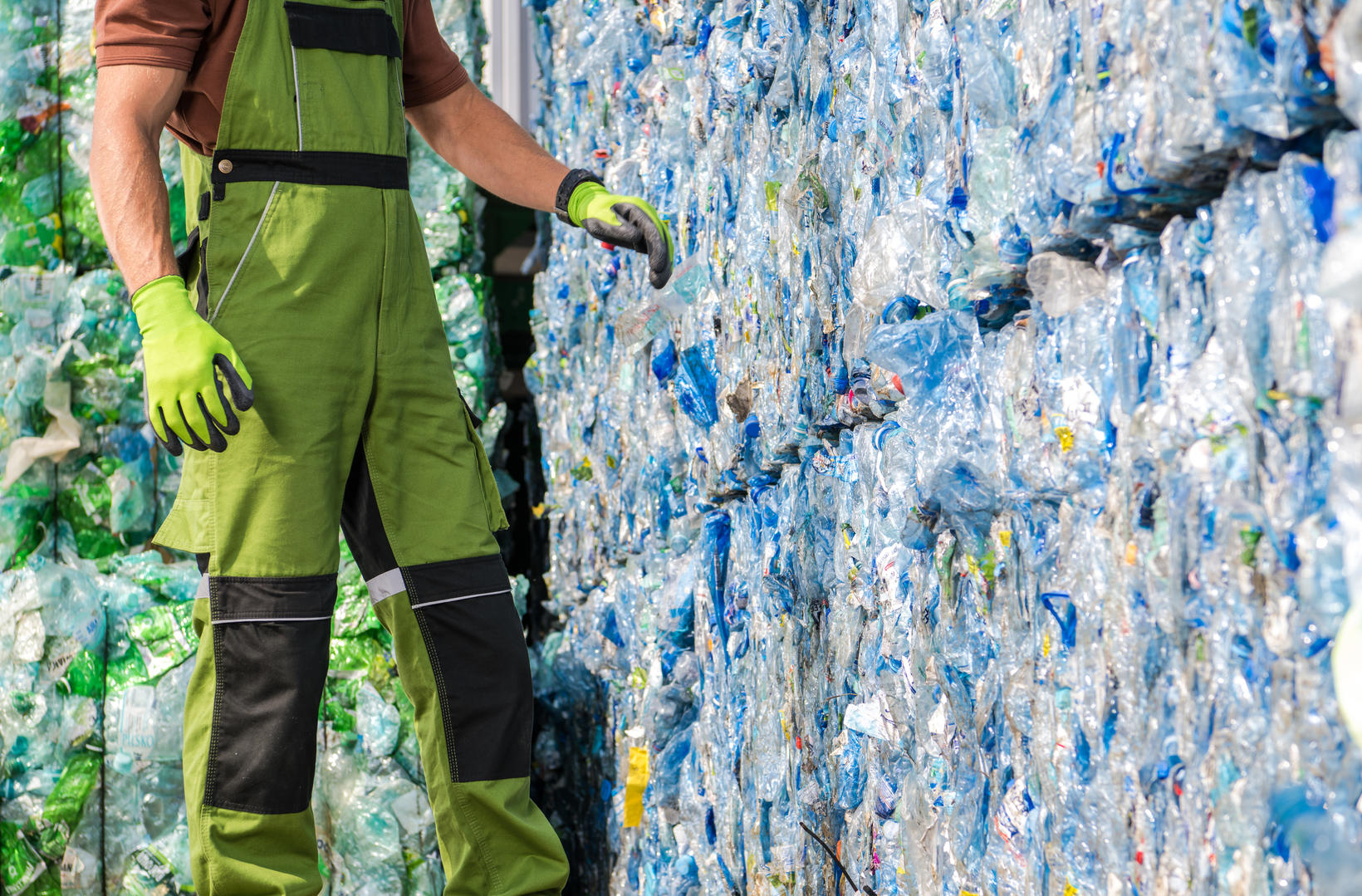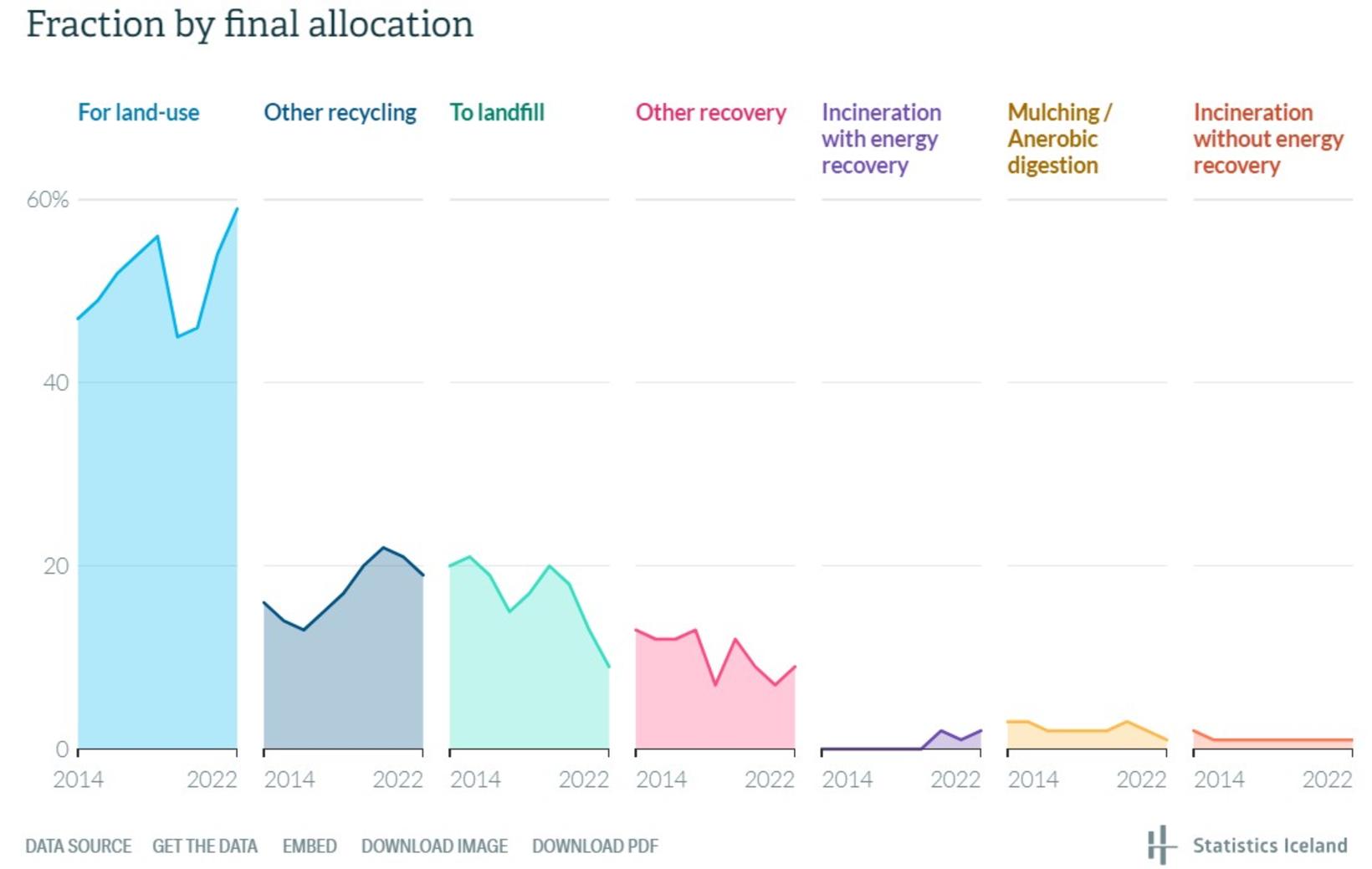The majority of waste recycled
Mixed household waste consists of mixed waste from households, container areas, and smaller operators that do not deliver separately sorted waste. Photo/Colourbox
Significant progress has been made in reducing landfilling of waste since 2019, especially when it comes to mixed household waste, according to Statistics Iceland data.
This category comprises mixed waste from households, container areas, and smaller operators that do not return separately sorted waste.
Since 2014, the recorded amount of material landfilled has been around 200 thousand tons.
Sent for energy production
In 2019, almost 219 thousand tons were landfilled, of which 140 thousand tons were mixed household waste.
By 2022, however, the landfilling of mixed household waste had decreased by almost half and was around 68 thousand tons.
Approximately 147 thousand tons of waste went to landfills in 2022, a 35% decrease from the figures for 2019.
At that time, about 39% of mixed household waste was sent abroad for energy recovery in 2022.
In 2019, however, the majority of mixed household waste had been landfilled or incinerated without energy recovery.
The majority recovered
Recyclers received 1,581 thousand tons of waste in 2022.
Of this, 1,420 thousand tons were recovered in some way, while 147 thousand tons were landfilled.
Waste that went to landfill in 2022 was therefore 9.3% of the total.
Minerals are the most processed and are considered recovered materials since they are mostly reused as fill material.
The proportion of material going to landfills has been around 50% of the total volume, but was 60% in 2022. Other recycling was 19% and other reuse was 9%.




/frimg/1/57/93/1579337.jpg)
/frimg/1/57/94/1579405.jpg)




